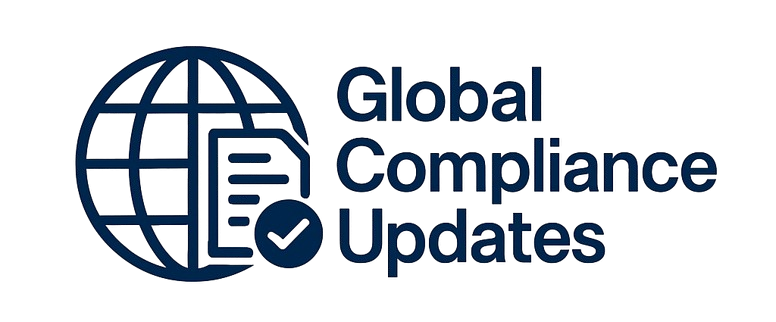Documenting employee discussions is a very tricky and at times painful activity for organizations. While it is crucial for HR for a number of reasons, it is a difficult habit for the other employees to imbibe. Documenting employee discussions is important from a legal perspective because this makes the case strong and defensible. Documentation is both the bane and the blessing for HR. It is difficult to get people to do it, but it is preferred by attorneys and believed by judges and juries.
WHY SHOULD YOU ATTEND?
Annually hundreds of thousands of lawsuits and hearings occur across the country. Each of these is a "legal" proceeding that requires evidence of events that actually occurred. Documentation is what wins, or in some cases loses these lawsuits and hearings. The result of lack of documentation results in the loss of millions of dollars each year that might be prevented by a good documentation program.
LEARNING OBJECTIVES
At this session, which will provide participants with the information needed to be better able to document employee discussions and defend the organization from losses incurred due to poor documentation practices; Michael will cover the following areas:
1. How and why documentation is good?
- Meets the legal requirements of Federal statutes
- Provides a record of interactions with employees in order to provide better recall of what was said and done
- Helps knowledge retention. You do not need to have the original parties have a recollection of the event or conversation
- Provides the legal documentation needed to defend the company in a lawsuit
2. We will talk about how documentation will get you in trouble
3. What is necessary for good documentation?
4. We will talk about what tools can be used
With this information, you will be better able to defend the organization from losses incurred due to poor documentation practices.
WHO WILL BENEFIT?
- Office Managers
- HR Managers
- Supervisors
- Business Owners
Annually hundreds of thousands of lawsuits and hearings occur across the country. Each of these is a "legal" proceeding that requires evidence of events that actually occurred. Documentation is what wins, or in some cases loses these lawsuits and hearings. The result of lack of documentation results in the loss of millions of dollars each year that might be prevented by a good documentation program.
At this session, which will provide participants with the information needed to be better able to document employee discussions and defend the organization from losses incurred due to poor documentation practices; Michael will cover the following areas:
1. How and why documentation is good?
- Meets the legal requirements of Federal statutes
- Provides a record of interactions with employees in order to provide better recall of what was said and done
- Helps knowledge retention. You do not need to have the original parties have a recollection of the event or conversation
- Provides the legal documentation needed to defend the company in a lawsuit
2. We will talk about how documentation will get you in trouble
3. What is necessary for good documentation?
4. We will talk about what tools can be used
With this information, you will be better able to defend the organization from losses incurred due to poor documentation practices.
- Office Managers
- HR Managers
- Supervisors
- Business Owners
Speaker Profile
 Michael D Haberman
Michael D Haberman
Michael D. Haberman is a consultant, speaker, writer and teacher. He is President of Omega HR Consulting, a consulting and services company offering complete human resources solutions. Mike brings 35+ years of experience in dealing with the challenges of Human Resources in the 21st century. He has a Master's in HR and is certified as a Senior HR professional. He has over 18 years’ experience in the class room teaching human resources fundamentals and certification preparation.Mike is the author of the Human Resources blog found at OmegaHRConsulting.com , which has been recognized as a top human resources related blogs. He …
Upcoming Webinars

ChatGPT and Project Management: Leveraging AI for Project M…

Workplace Investigations 101: How to Conduct your Investiga…

Project Management for administrative professionals

The Monte Carlo Simulations in Excel for Risky Investments

Onboarding is NOT Orientation - How to Improve the New Empl…

Dealing With Difficult People: At Work & In Life

Transform Data into Insights: A Beginners Guide to Excel Pi…

Construction Lending And Real Credit Administration: Evalua…

Understanding Accounting for non - Accounting professionals

Harassment, Bullying, Gossip, Confrontational and Disruptiv…

New Form 1099 Reporting Requirements: 2025 Compliance Update

Human Error Reduction Techniques for Floor Supervisors

HR Metrics and Analytics 2025 - Update on Strategic Plannin…

Treating Employees Like Adults: Discipline versus Empowerme…

7 Ways To Beat Burnout: Without Quitting Your Job


How to Write Procedures to Avoid Human Errors

Handbook Overhaul 2026: Compliance, OBBB Act & Beyond

FDA Proposes Framework to Advance Credibility of AI Models

Ethical Terminations: Navigating Employee Exits with Legal …

Understanding EBITDA – Definition, Formula & Calculation

Project Management for Non-Project Managers - Scheduling yo…

4-Hour Virtual Seminar on Hidden Secrets of Selling & Marke…

Validation Statistics for Non-Statisticians

Data Integrity and Privacy: Compliance with 21 CFR Part 11,…


The Alphabet Soup: When the FMLA, ADA, COBRA, and Workers' …

Talent Management: How to Leverage AI and ChatGPT Tools for…


Offboarding with Care: Conducting Legal & Ethical Employee …

2-Hour Virtual Seminar on How to Conduct an Internal Harass…

Payments Fraud Detect & Prevent Check, ACH and P-Card Schem…

Managing Toxic & Other Employees Who have Attitude Issues



Reduce Stress in the Workplace: Effective Ways to Handle Co…





Excel - Pivot Tables - The Key To Modern Data Analysis and …
